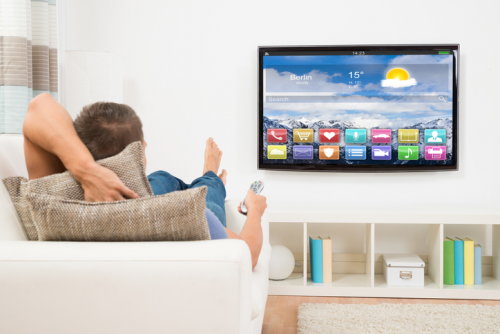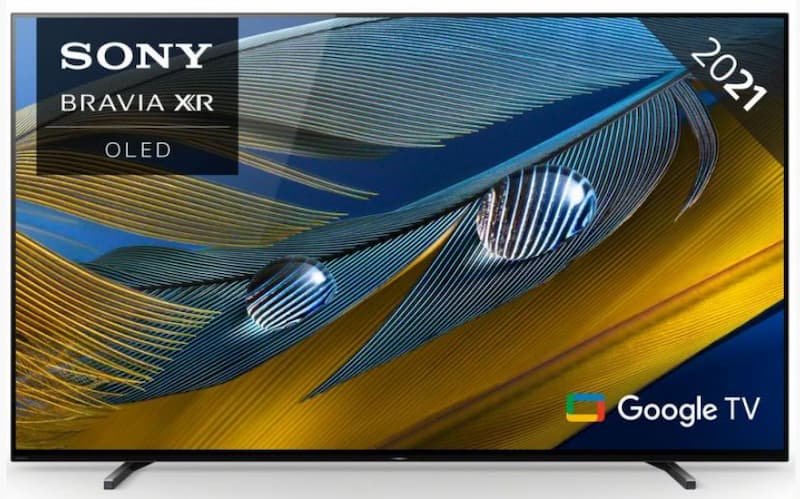When you go to buy a television, the two most likely features that you’re probably going to be most interested in are the screen size and resolution, which is perfectly reasonable. Both of these details factor into how good the quality of your viewing experience will be.
But what does this mean in practical terms? Do bigger screens actually equate to a higher resolution? Should you look more closely at a television’s resolution specification, or just buy the biggest one that will fit in your lounge? Here we aim to break through all of the intimidating jargon and confusing myths to answer all of these questions, so that you can feel confident when it comes to buying your next television.
One of the first considerations for many is how big you want your television screen to be. Certain factors may prevent you from purchasing the screen size you want, such as limitations of space, but ultimately, it’s safe to say that for a lot of people the dimensions are of pivotal importance – the popular assumption being, the bigger the screen, the better the quality.
Nowadays, screens come in a wide range of sizes. From smaller 32-inch screens to a whopping 52-inch. However, it’s important to note that buying a bigger screen does not automatically equal a better viewing experience. It all depends on the size of the room, the distance you plan to sit from the screen and whether you’re planning to use a TV stand or mount it on a wall. All these factors can impact how clear the picture appears, regardless of the screen’s size.
Screens that are different sizes can still have the same screen resolution. So, the size of the television screen is not necessarily all you should be factoring into your decision.
Resolution
Resolution refers to the number of pixels that compose the picture on the screen – a pixel is essentially a tiny dot. Every flat screen TV is made up of a grid of pixels; if you were to zoom into a television screen, you would see many tiny dots in different colours, like a mosaic. However, since these pixels are so tiny – and there are so many of them – our eyes cannot distinguish the fact that they are dots, and instead we end up seeing a seamless image on screen.
Although having more pixels theoretically allows for better picture quality, this is not always the case. You may already be familiar with some resolution specifications; the most common one in the world of television is 1920 x 1080, meaning a television has a grid of 1,920 pixels horizontally across the screen, and 1,080 pixels vertically down the screen. These types of screens are often referred to as ‘Full HD’, or a 1080p TV.
There are now even more terms such as Ultra HD and 4K. 4K has four times as many pixels as 1080p, which, in theory, should produce a clearer picture. However, the picture quality only improves if you are watching 4K content or are sitting close enough to the screen to notice the difference. The higher the resolution, the closer you can sit to a screen before you notice the pixelation. So, if you’re not planning to sit very close to the screen, 4K may not be necessary, as you would probably not notice an increase in picture quality.

There are even more factors than just screen size and resolution that contribute to the picture quality of a television, such as the quality of internal processing, the contrast ratio and colour accuracy of the screen, and even how good your eyes are. But when it comes to the main factors, it’s important to assess what it is you want from your TV viewing experience and make your decision accordingly.
At Cheap TVs, we are proud to bring our customers high-quality TVs at affordable prices. Why not browse our extensive range today?





